IIHS Recommends Putting Your Teen Behind the Wheel of the Largest Vehicle Possible

Assuming you’re the sort of parent who’s willing and able to buy your child their first vehicle, you’ve probably made safety your top priority. While you could purchase a new vehicle with all the latest self-preservation tech, teens have a habit of scratching up cars. If you buy them an old clunker, they’ll learn a valuable lesson about the importance of auto maintenance but won’t be as protected when they crash into something — which they’re statistically more likely to do.
The Insurance Institute for Highway Safety recently updated its list of recommended vehicles for teens, promoting the “bigger is better” mentality. It claims an older, larger used vehicle is often a safer choice when compared to a newer small vehicle that costs roughly the same. While the institute’s suggestion makes sense, it’s also one step removed from recommending putting teenagers in armored personnel carriers.
“We know safety is just one of the factors people consider when choosing a vehicle, but we hope parents will give it extra consideration when purchasing a vehicle for a teenager,” said Jessica Cicchino, IIHS vice president for research. “Teen drivers are at greater risk, due to immaturity and inexperience behind the wheel.”
And the solution, according to the IIHS, is to give them routine access to hardware that can do some real damage on the open road. Were it up to this author, every new driver would be forced to drive a manual-transmission Geo Metro for a full year with a notice on the steering wheel explaining that the car will absolutely not protect them in the event of an accident. But that doesn’t sound particularly American, what with all the absent freedom and emphasis on communal safety.
“Bigger vehicles provide greater protection,” Cicchino continued. “If you’re riding in one of the smallest vehicles on the road, you’ll be at a disadvantage in a crash with almost any other vehicle around you.”
Hoping to better illustrate its point, the IIHS chucked disproportionately sized vehicles at each other at 40 mph. In the first test, a 2016 Kia Sorento and 2018 Kia Forte (which is an IIHS Top Safety Pick Plus awardee) went head-to-head. In the second test, the outlet used a 2015 Toyota Avalon and the pint-sized 2018 Toyota Yaris iA (which has an overall good safety rating). While the Forte and Yaris actually held up rather well structurally, their lack of mass still placed them at a severe disadvantage against the much larger models.
From IIHS:
Forces on the driver dummies in the smaller vehicles were much greater than those in the larger vehicles. Measurements indicated a high likelihood of head injuries for the driver of both the Yaris iA and the Forte in a real-world crash of the same severity. Right leg injuries would be likely in the Forte and possible in the Yaris iA. Neck and chest injuries would also be possible for drivers of both vehicles, and left leg injuries would be possible in the Forte.
In contrast, the Avalon and Sorento had mostly good injury measures, aside from a possible right leg injury in both.
The structures of the Forte, which weighs 928 pounds less than the Sorento, and the Yaris iA, which weighs 1,033 pounds less than the Avalon, didn’t hold up as well against the larger vehicles as in the car-to-barrier tests on which IIHS ratings are based.
The IIHS also recommends parents avoid any models that offer “excessive horsepower.” This seems like a no-brainer, as the temptation to treat the gas pedal the same way you would a light switch is far too tempting as a youngster. The IIHS says high-horsepower vehicles are more likely to exceed the posted speed limit, adding that powerful engines are “strongly associated with higher insurance losses.”
Another essential item for teens is standard electronic stability control. Unless you’re buying something truly vintage, you probably don’t have to worry about this one. ESC has been mandatory on all vehicles since 2012, and was already extremely common before then. Still, we’re of the mind that attentive parents probably know best. If you’ve imparted real knowledge onto your child and deemed them mature enough to handle a vehicle that isn’t loaded with aids and makes more than 150 hp, that’s your business.
However, if you’re not entirely convinced that you can trust them to behave behind the wheel, the IIHS has a laundry list of recommended models. Many come close to the $20,000 bracket, though alternatives exist with more reasonable price tags. The least expensive “Best Choice” was the 2005 Volvo XC90, which is estimated to set you back $3,700. Just make sure it has the base engine.
[Images: IIHS]

A staunch consumer advocate tracking industry trends and regulation. Before joining TTAC, Matt spent a decade working for marketing and research firms based in NYC. Clients included several of the world’s largest automakers, global tire brands, and aftermarket part suppliers. Dissatisfied with the corporate world and resentful of having to wear suits everyday, he pivoted to writing about cars. Since then, that man has become an ardent supporter of the right-to-repair movement, been interviewed on the auto industry by national radio broadcasts, driven more rental cars than anyone ever should, participated in amateur rallying events, and received the requisite minimum training as sanctioned by the SCCA. Handy with a wrench, Matt grew up surrounded by Detroit auto workers and managed to get a pizza delivery job before he was legally eligible. He later found himself driving box trucks through Manhattan, guaranteeing future sympathy for actual truckers. He continues to conduct research pertaining to the automotive sector as an independent contractor and has since moved back to his native Michigan, closer to where the cars are born. A contrarian, Matt claims to prefer understeer — stating that front and all-wheel drive vehicles cater best to his driving style.
More by Matt Posky
Latest Car Reviews
Read moreLatest Product Reviews
Read moreRecent Comments
- Jeff I do think this is a good thing. Teaching salespeople how to interact with the customer and teaching them some of the features and technical stuff of the vehicles is important.
- MKizzy If Tesla stops maintaining and expanding the Superchargers at current levels, imagine the chaos as more EV owners with high expectations visit crowded and no longer reliable Superchargers.It feels like at this point, Musk is nearly bored enough with Tesla and EVs in general to literally take his ball and going home.
- Incog99 I bought a brand new 4 on the floor 240SX coupe in 1989 in pearl green. I drove it almost 200k miles, put in a killer sound system and never wish I sold it. I graduated to an Infiniti Q45 next and that tank was amazing.
- CanadaCraig As an aside... you are so incredibly vulnerable as you're sitting there WAITING for you EV to charge. It freaks me out.
- Wjtinfwb My local Ford dealer would be better served if the entire facility was AI. At least AI won't be openly hostile and confrontational to your basic requests when making or servicing you 50k plus investment and maybe would return a phone call or two.
















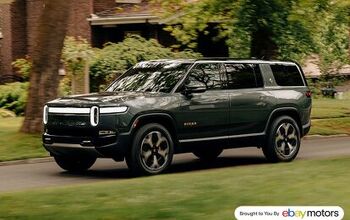




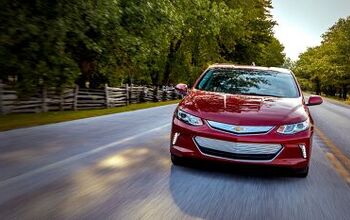
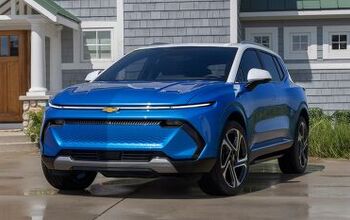
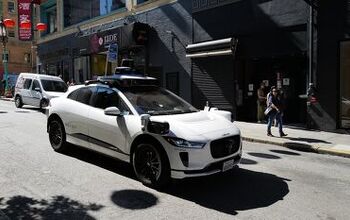
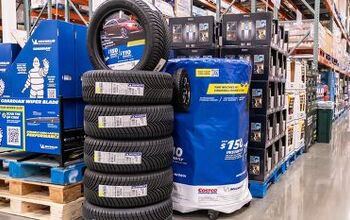

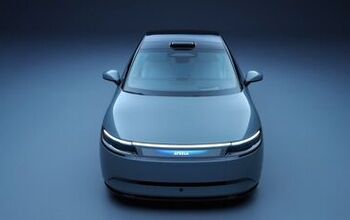


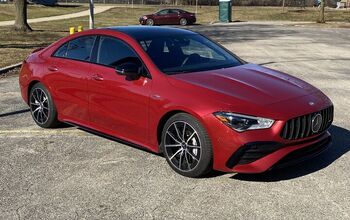
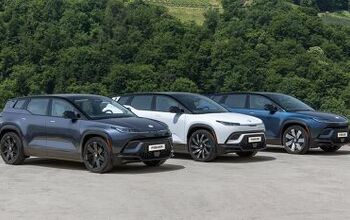
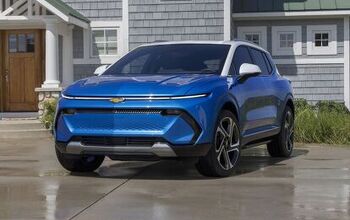
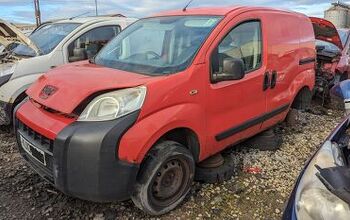
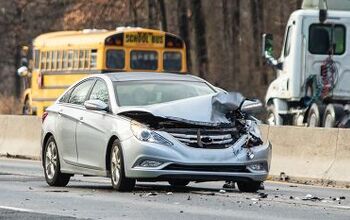
Comments
Join the conversation
re: "Were it up to this author, every new driver would be forced to drive a manual-transmission Geo Metro for a full year with a notice on the steering wheel explaining that the car will absolutely not protect them in the event of an accident." I taught my son to drive in a 1967 Austin-Healey 3000 (at least it had SOME power, and overdrive). When he first got behind the wheel I told him: "You have no crumple zones, no air bags, no ABS, no traction or stability control, and the seat belts are only there so the coroner can tell who was driving after the accident. The steering column is a javelin pointed at your chest. The only 'safety feature' in this car is you, the driver." I took him on a couple long cross-country drives so he got to experience all kinds of roads and conditions (no ice, unfortunately). He's been driving for 12 years now with nothing but a minor moving violation (illegal U-turn). Unfortunately, I couldn't get him interested in the other personal accountability training ground, general aviation. But he just got into Navy OCS so he should have some other cool toys to play with ;)
Is this IIHS advice based on some real-life statistics or just on a very superficial application of the third Newton's law under the hypothesis of spherical vehicles?